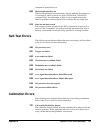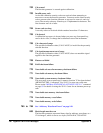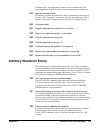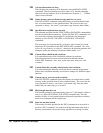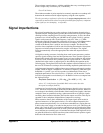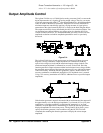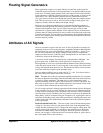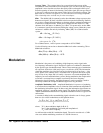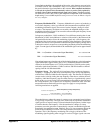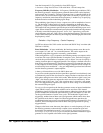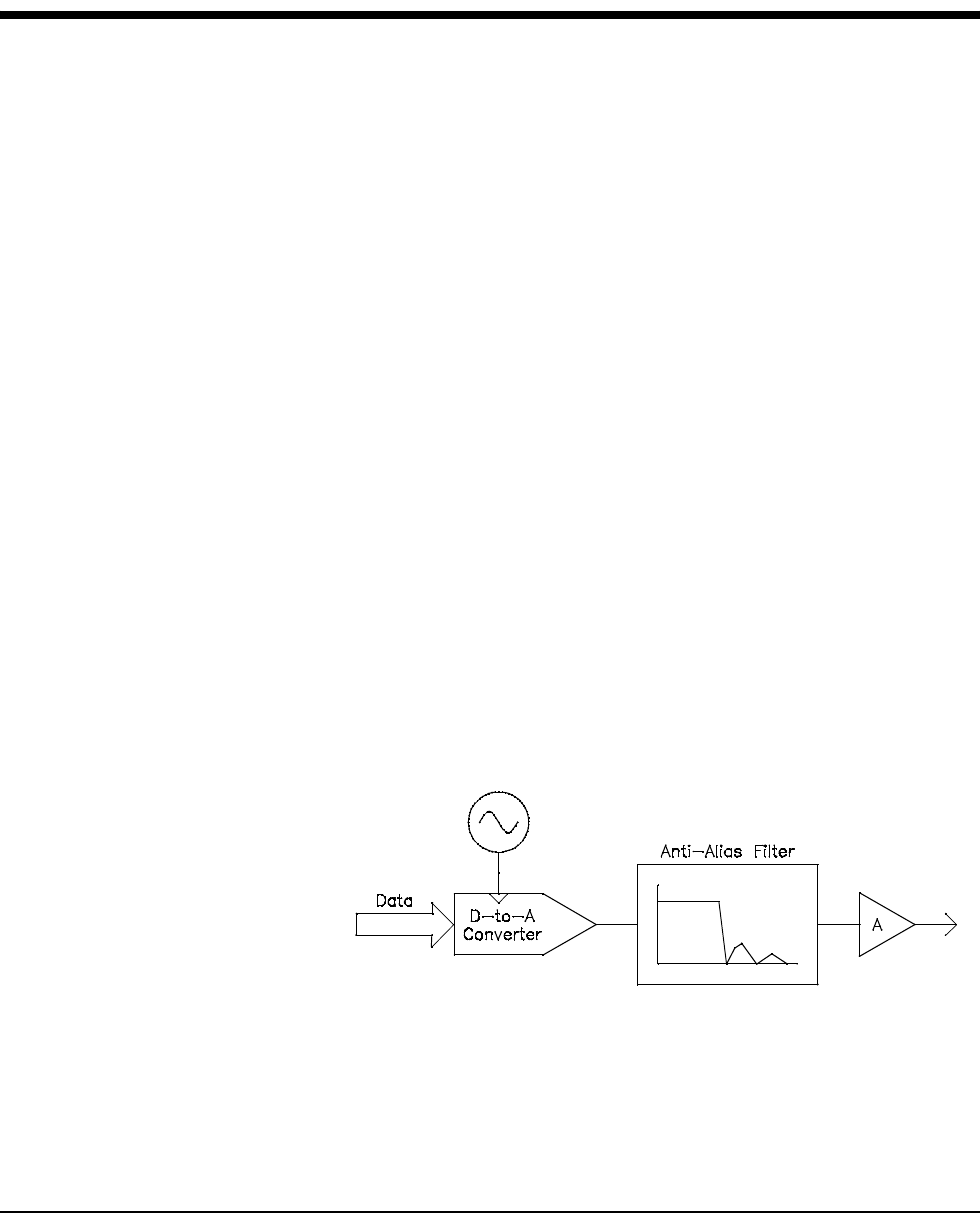
Agilent E1441A Function Generator Tutorial 153
Appendix C
Appendix C
Agilent E1441A Function Generator
Tu t o r ia l
The Agilent E1441A is capable of producing a variety of signal waveshapes. You
may want to learn more about the internal operations of the instrument in order to
achieve the greatest performance from the function generator. This appendix serves
that purpose by describing basic signal generation concepts and giving specific
details on the internal operations of the Agilent E1441A function generator.
• Direct Digital Synthesis . . . . . . . . . . . . . . . . . . . . . . . . . . . . page 153
• Signal Imperfections . . . . . . . . . . . . . . . . . . . . . . . . . . . . . . . page 155
• Output Amplitude Control . . . . . . . . . . . . . . . . . . . . . . . . . . page 156
• Attributes of AC Signals . . . . . . . . . . . . . . . . . . . . . . . . . . . . page 157
• Modulation . . . . . . . . . . . . . . . . . . . . . . . . . . . . . . . . . . . . . . page 158
Direct Digital Synthesis
Digital signal processing methods are used in many everyday applications. Whether
it is a digital audio compact disc player, an electronic synthesized piano, or a
voice-synthesized telephone message system, complex waveforms can be easily
created or reproduced using digital signal generation methods.
The Agilent E1441A uses a signal-generation technique called direct digital
synthesis or
DDS. The basic principle behind DDS is not unlike an audio compact
disc. As shown below for digital audio, a stream of digital data representing the
sampled analog signal shape is sequentially addressed from a disc. This data is
applied to the digital port of a digital-to-analog converter (
DAC) which is clocked at
a constant rate. The digital data is then converted into a series of voltage steps
approximating the original analog signal shape. After filtering the voltage steps, the
original analog waveshape will be recovered. The incoming data can be of any
arbitrary shape, as long as it matches the requirements of the particular
DAC (16 bits
for digital audio players).
A direct digital synthesis (DDS) signal generator differs from a digital audio player
because of its very precise control of the data stream input to the
DAC. In a DDS
system, the amplitude values for one complete cycle of the output waveshape are
stored sequentially in random access memory (RAM) as shown in the figure below.
As
RAM addresses are changed, the DAC converts the waveshape data into a voltage
Figure C-1.





